ancient Celts ·
celtic ·
Celtic culture ·
Celtic jewelry ·
ireland ·
irish ·
Irish Gaelic ·
Irish history ·
Irish symbols ·
ogham ·
People ·
What is a Celt?
According to Google, a Celt is: kelt,selt/ noun plural noun: Celts a member of a group of peoples inhabiting much of Europe and Asia Minor in pre-Roman times. Their culture developed in the late Bronze Age around the upper Danube, and reached its height in the La Tène culture (5th to 1st centuries BC) before being overrun by the Romans and various Germanic peoples. a native of any of the modern nations or regions in which Celtic languages are (or were until recently) spoken; a person of Irish, Highland Scottish, Manx, Welsh, or Cornish descent. from Latin Celtae (plural), from Greek Keltoi ; in later use from French Celte ‘Breton’ (taken as representing the ancient Gauls). celt selt/ noun ARCHAEOLOGY plural noun: celts a prehistoric stone or metal implement with a beveled cutting edge, probably used as a tool or weapon. So it's a person or a cutting tool. Sometimes both (heehee). Commonly the term Celt is used to describe persons of Irish, Scottish, Cornish or Welsh descent, although there are seven Celtic Nations (Ireland, Scotland, Wales, Cornwall, Galicia/Spain, the Isle of Man, and Brittany/Western France). Mostly, the ancient Celts are a mystery. They had no written history, although they had a written alphabet based on trees, called Ogham which can be seen on on monuments around Ireland, Scotland, and Wales among other Celtic countries. Their religion is also a mystery, there are neolithic monuments throughout Celtic countries, thought to be tombs. One of the most famous of these is Newgrange in the Boyne Valley of Ireland. Interestingly, during Winter Solstice, the light comes through a passage inside the monument and lights up the back. This particular monument pre-dates Boru Wood Quay warrior inspired pendant. Stonehenge and the Egyptian pyramids. Ancient Celts were artists, carving spirals on their monuments, as well as making metal chalises such as the ones found at Arda, the designs on these are used today in Celtic jewelry, cups, plates, wall hangings and other household items. They were fierce warriors, and painted themselves with woad, a blue dye created from a plant to frighten their enemies. They fought naked, and it's believed that Celtic women fought along side their male counterparts. The ancient Celts were a mysterious group, full of passion and spirit. That legacy lives on in their modern ancestors. Next time you meet an Irishman, Scotsman, or Welshman, remember their rich ancestry. If they're painted blue, well...
Boru Wood Quay warrior inspired pendant. Stonehenge and the Egyptian pyramids. Ancient Celts were artists, carving spirals on their monuments, as well as making metal chalises such as the ones found at Arda, the designs on these are used today in Celtic jewelry, cups, plates, wall hangings and other household items. They were fierce warriors, and painted themselves with woad, a blue dye created from a plant to frighten their enemies. They fought naked, and it's believed that Celtic women fought along side their male counterparts. The ancient Celts were a mysterious group, full of passion and spirit. That legacy lives on in their modern ancestors. Next time you meet an Irishman, Scotsman, or Welshman, remember their rich ancestry. If they're painted blue, well...
 Boru Wood Quay warrior inspired pendant. Stonehenge and the Egyptian pyramids. Ancient Celts were artists, carving spirals on their monuments, as well as making metal chalises such as the ones found at Arda, the designs on these are used today in Celtic jewelry, cups, plates, wall hangings and other household items. They were fierce warriors, and painted themselves with woad, a blue dye created from a plant to frighten their enemies. They fought naked, and it's believed that Celtic women fought along side their male counterparts. The ancient Celts were a mysterious group, full of passion and spirit. That legacy lives on in their modern ancestors. Next time you meet an Irishman, Scotsman, or Welshman, remember their rich ancestry. If they're painted blue, well...
Boru Wood Quay warrior inspired pendant. Stonehenge and the Egyptian pyramids. Ancient Celts were artists, carving spirals on their monuments, as well as making metal chalises such as the ones found at Arda, the designs on these are used today in Celtic jewelry, cups, plates, wall hangings and other household items. They were fierce warriors, and painted themselves with woad, a blue dye created from a plant to frighten their enemies. They fought naked, and it's believed that Celtic women fought along side their male counterparts. The ancient Celts were a mysterious group, full of passion and spirit. That legacy lives on in their modern ancestors. Next time you meet an Irishman, Scotsman, or Welshman, remember their rich ancestry. If they're painted blue, well...
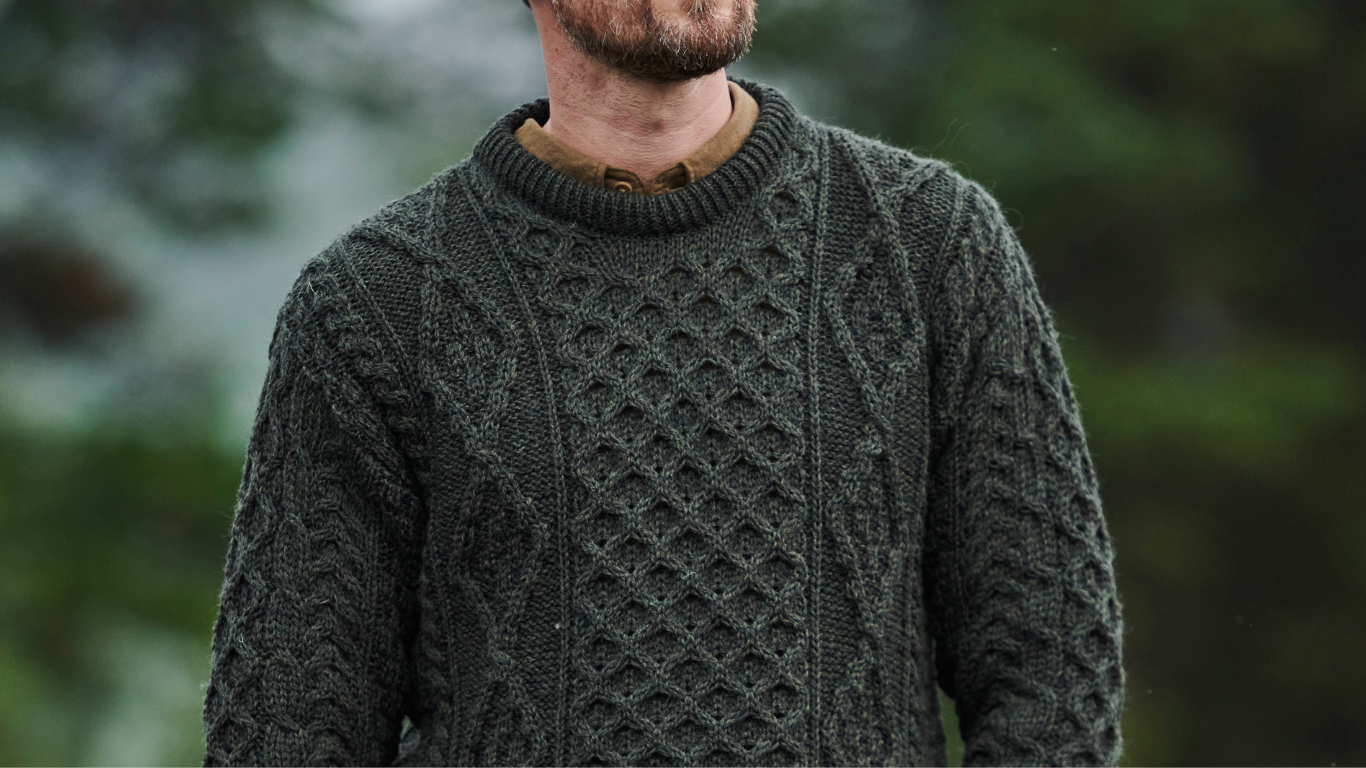
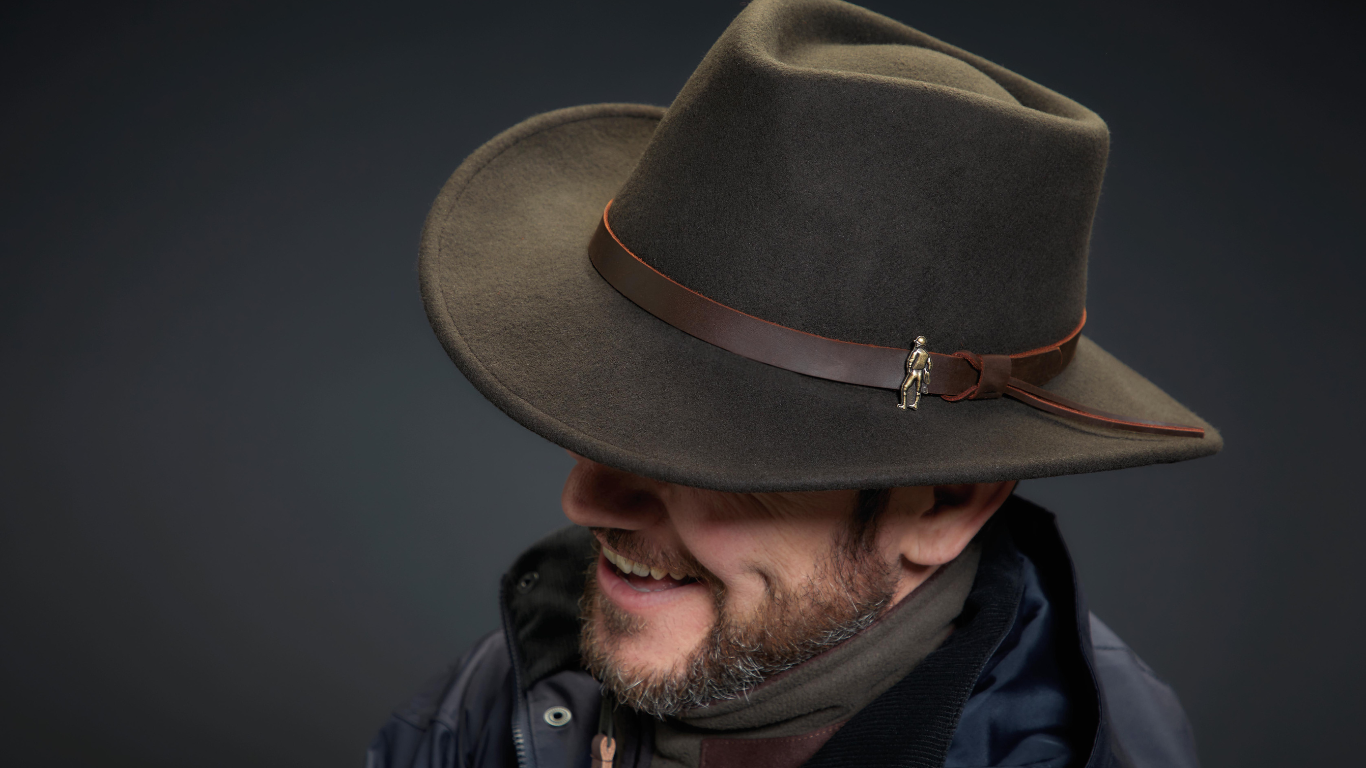
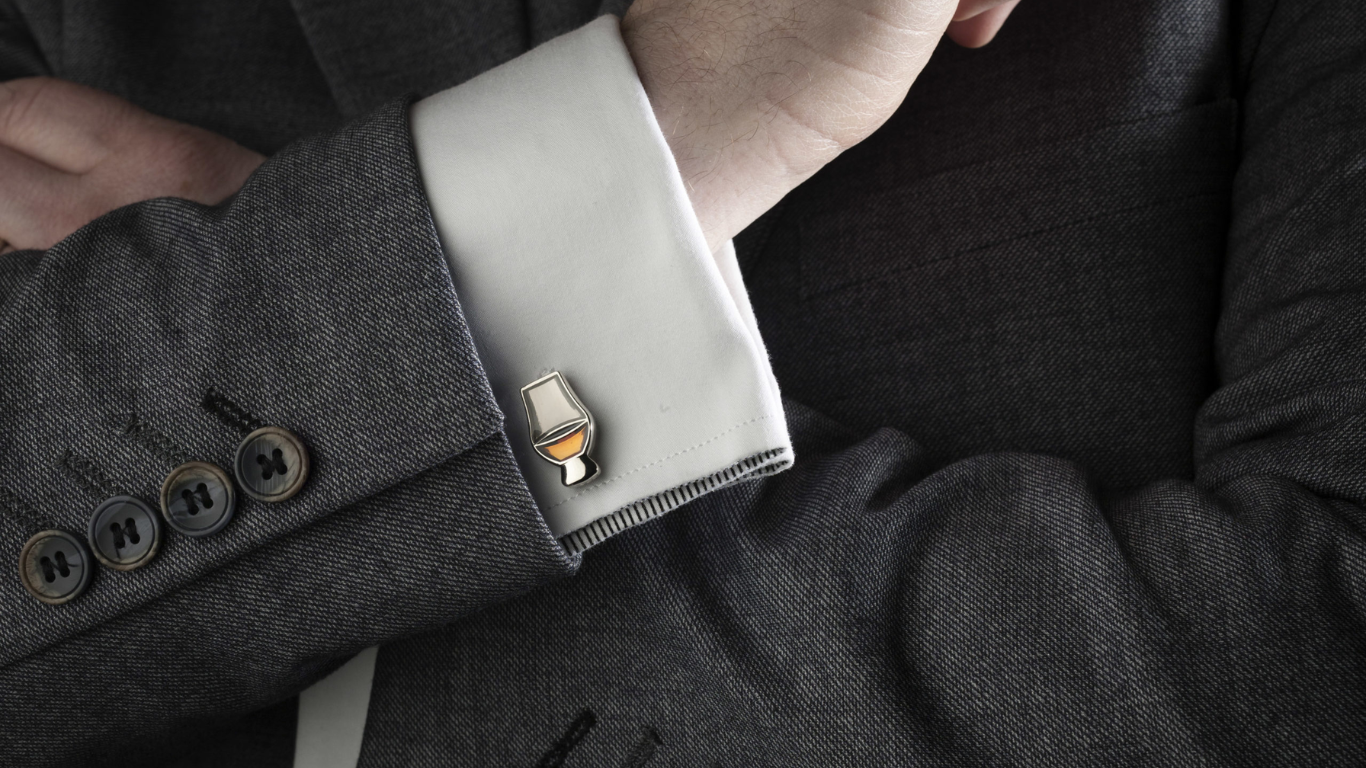

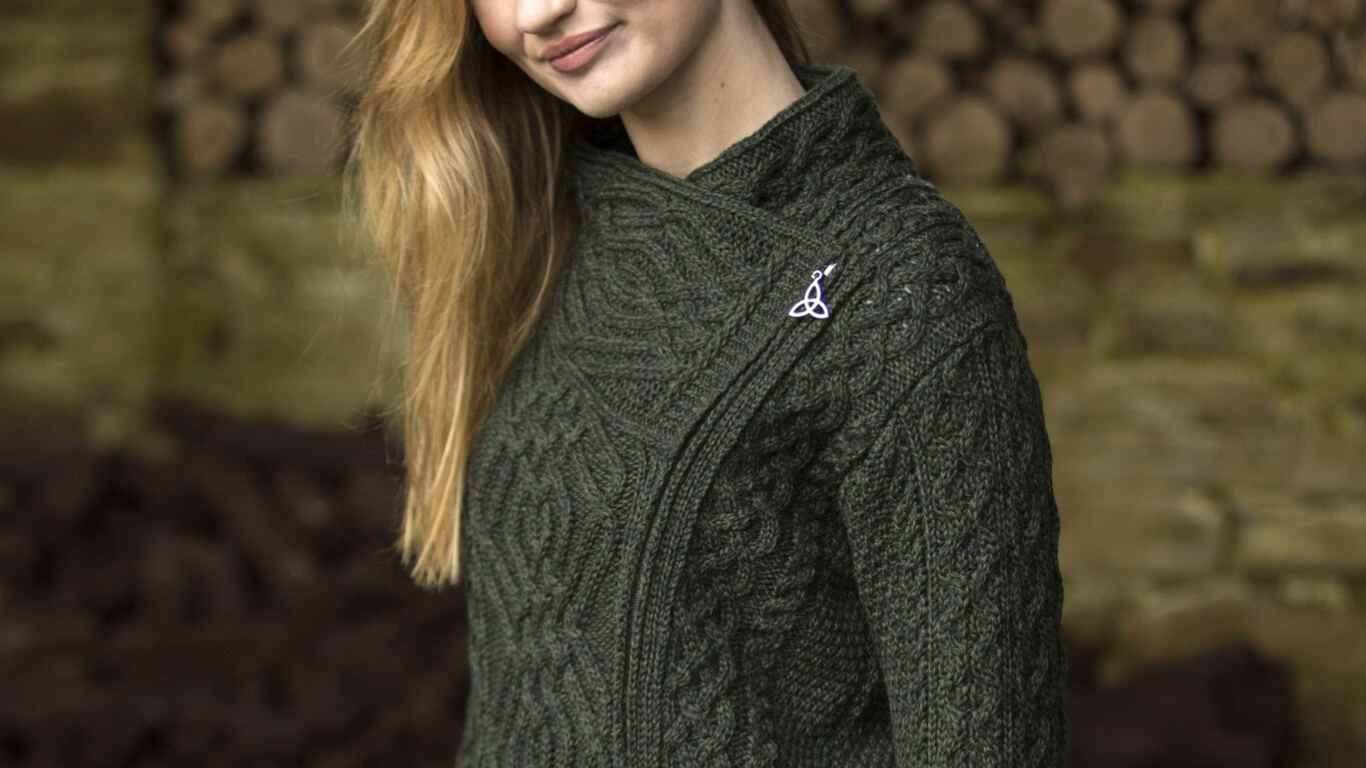
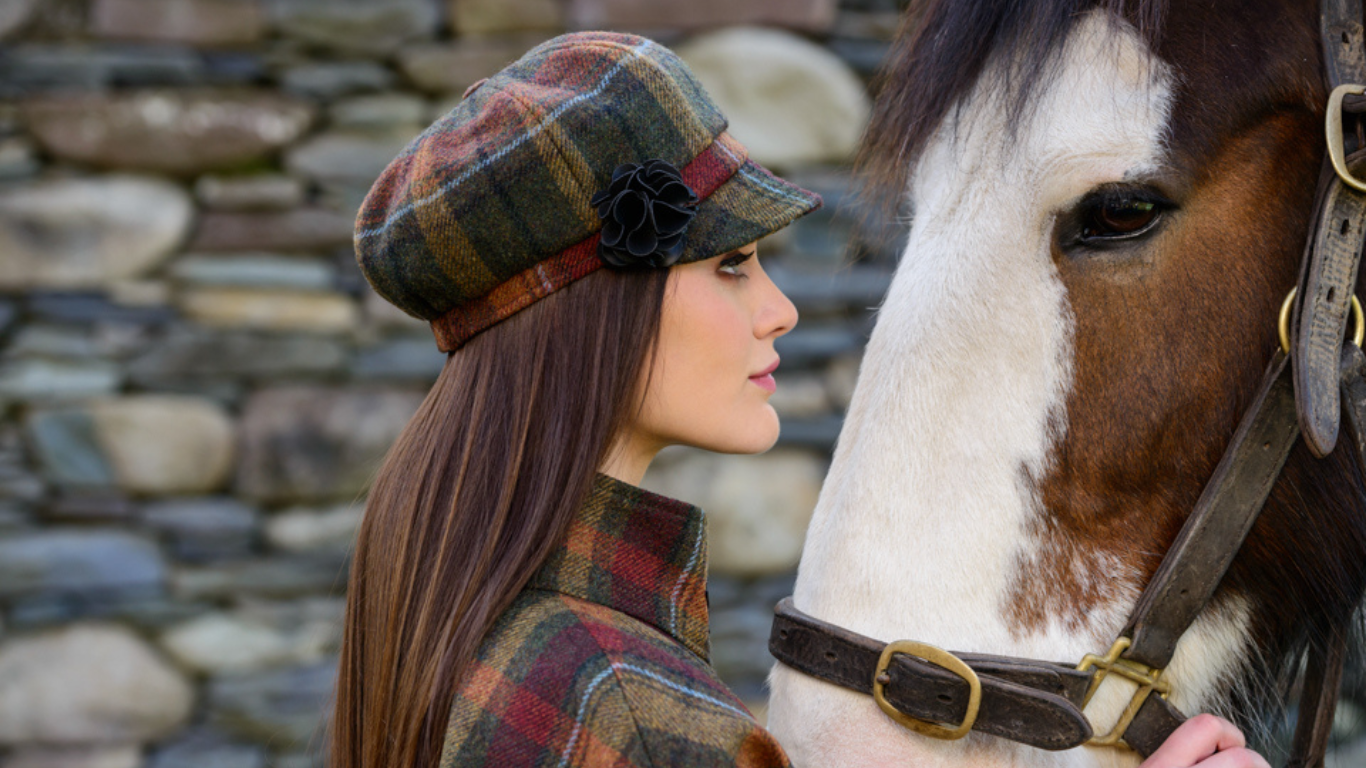

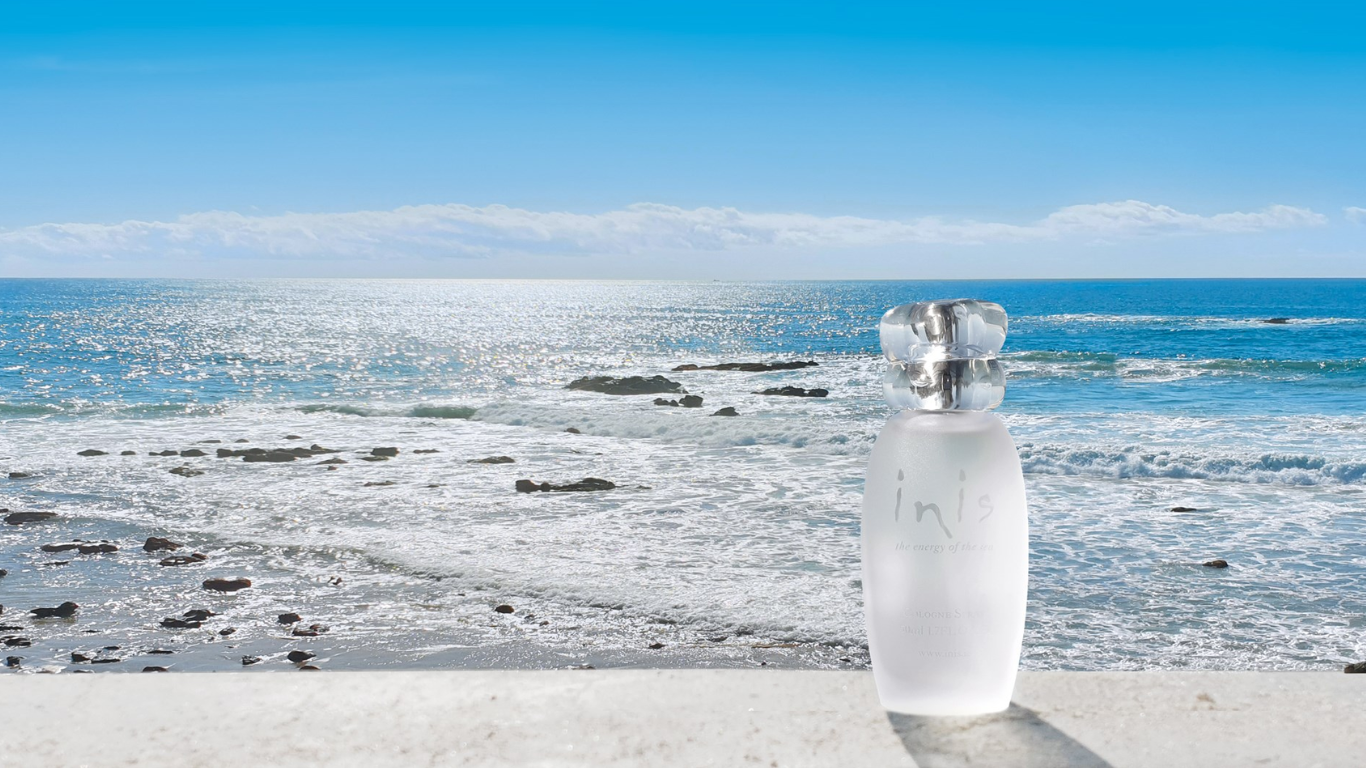
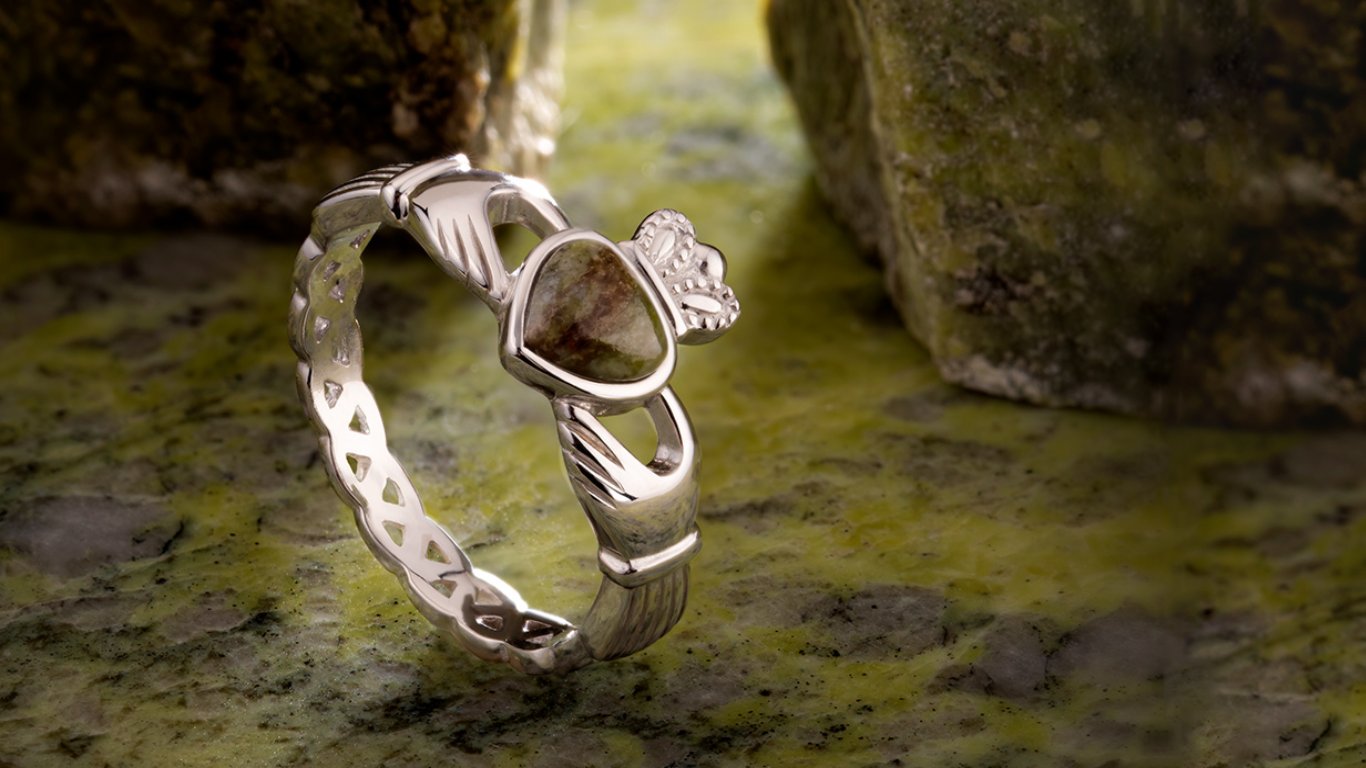

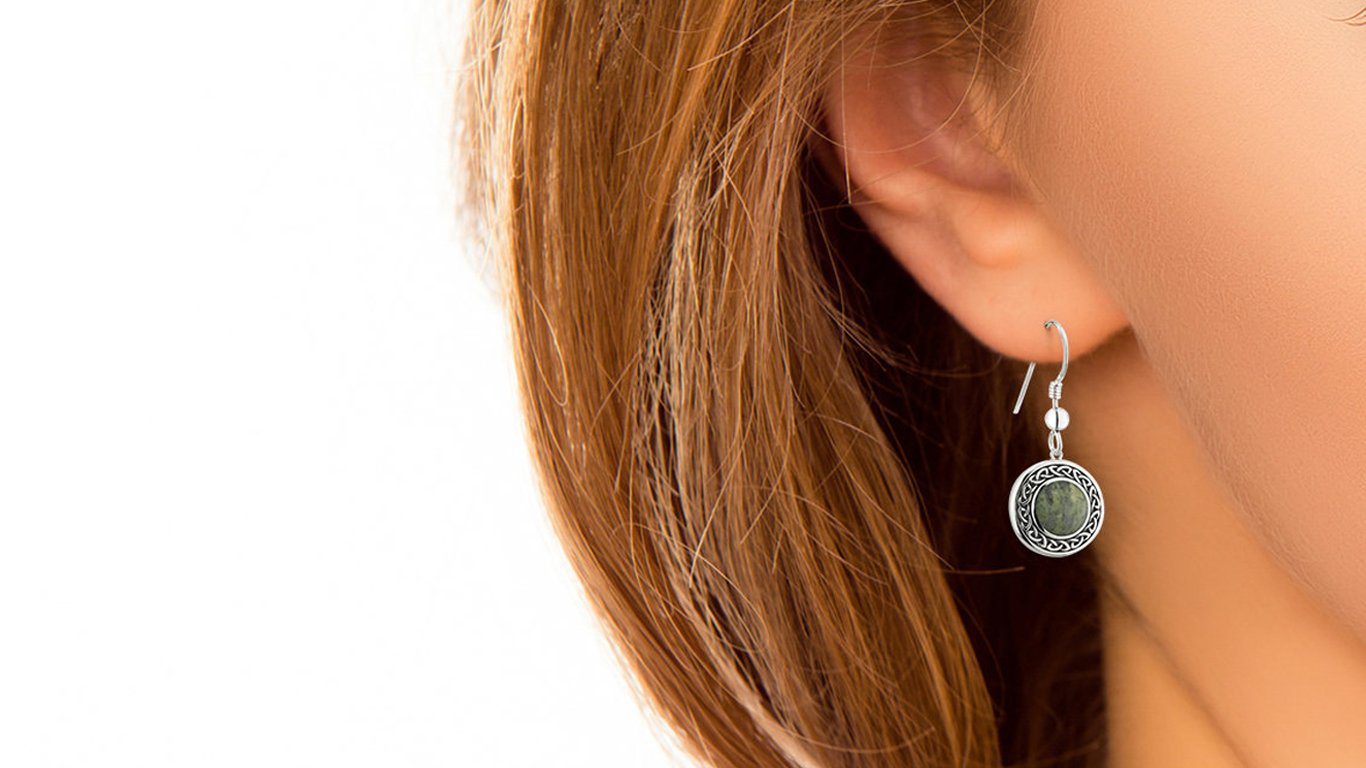
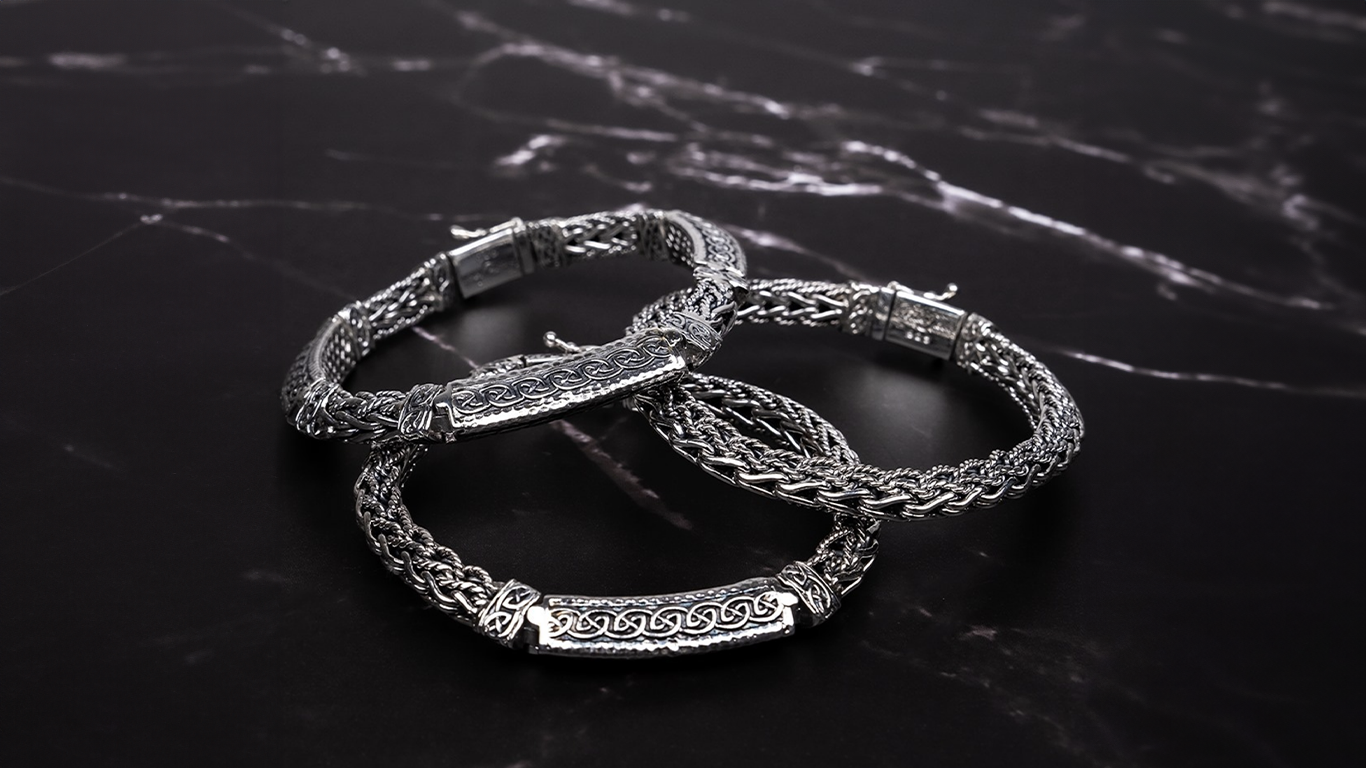
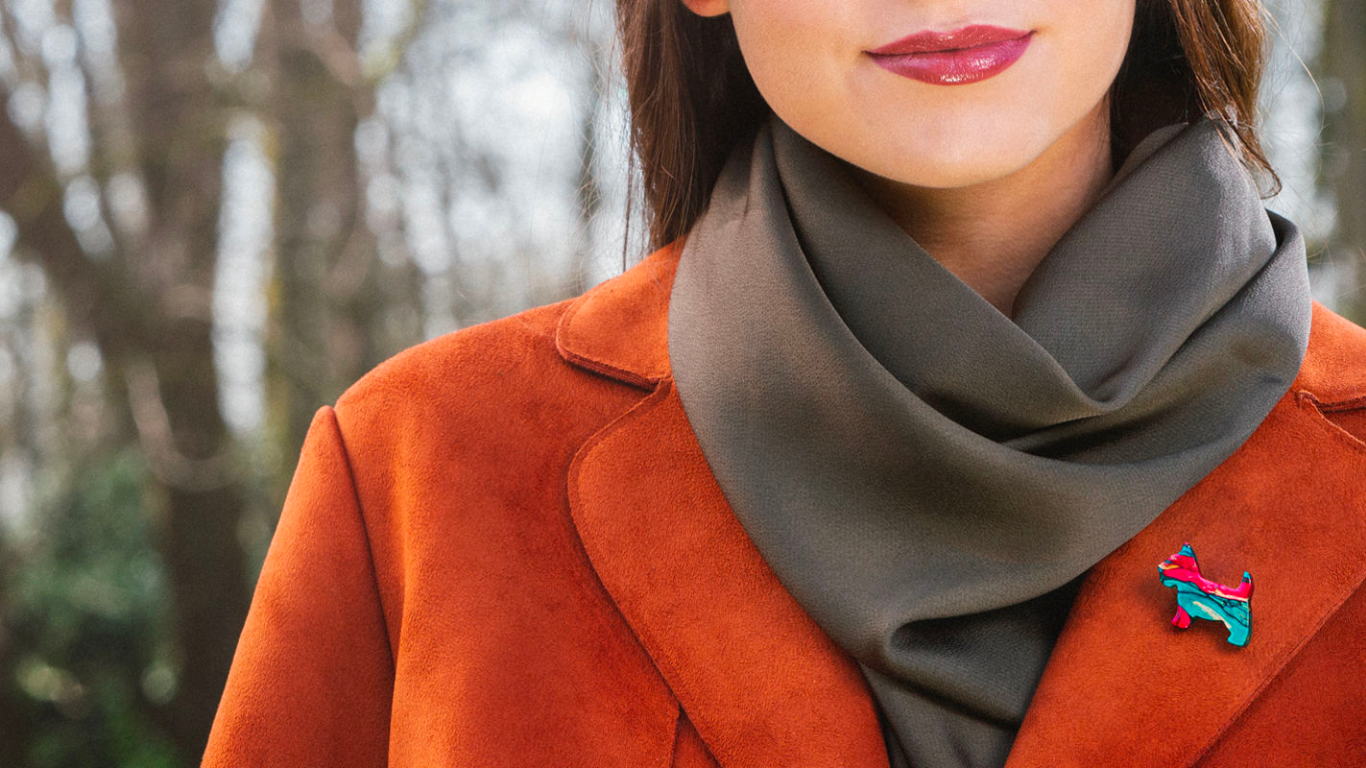





Leave a comment